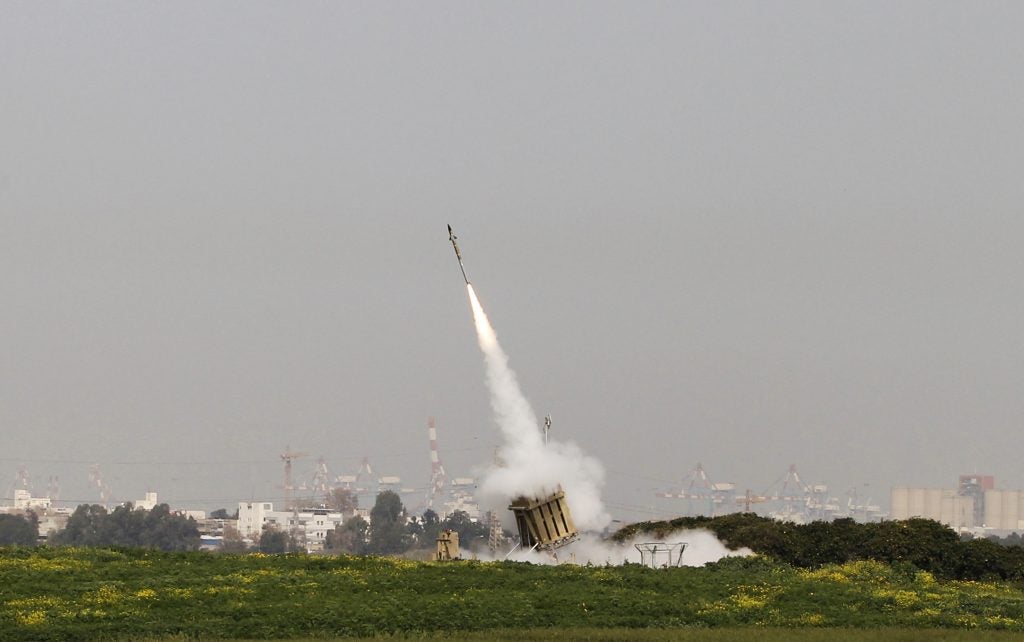In Profile: Israel’s Iron Dome All-Weather Air Defense System
Historically there have only been a handful of reliable defenses against artillery, distance and eliminating the originating firing unit. However, Israel has internally developed a reliable near-autonomous air defense system that is capable of intercepting long-range munitions deployed from outside their borders against them. This is, the Iron Dome.
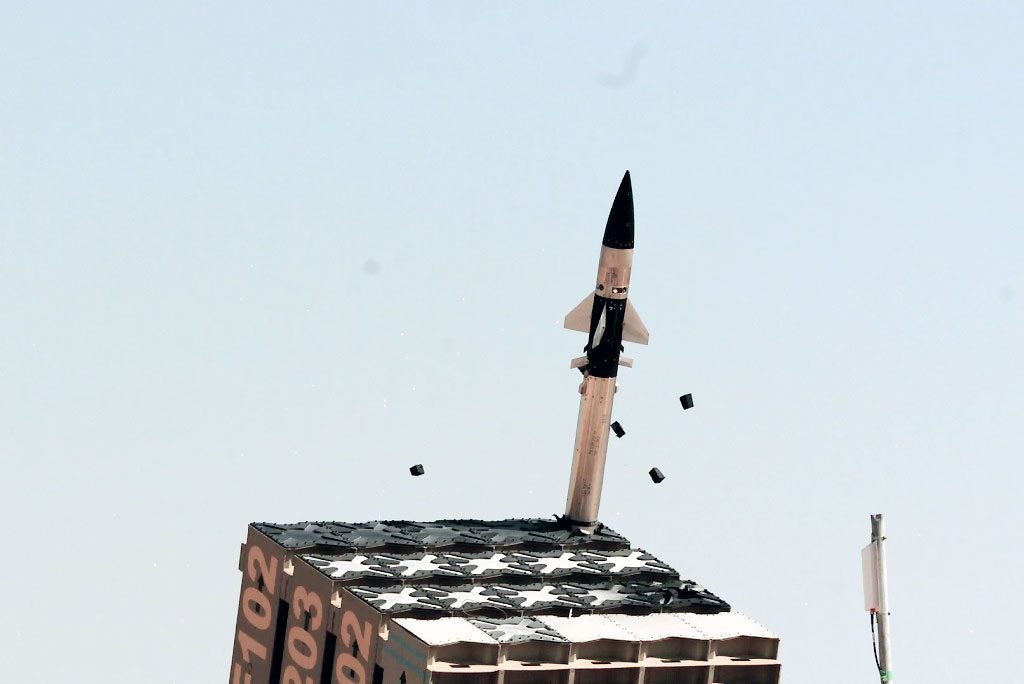
Artillery and missiles have been used to lay siege to cities and fortifications as far back as ancient times. Weapons like the catapult, trebuchet, and ballista were used to great effect against various fortified locations and this trend of indirect fire at a distance has continued to this day. Israel often comes under attack from outside forces making use of long-range mortars and unguided rockets. It was the missiles and rockets that Iron Dome was developed to intercept.
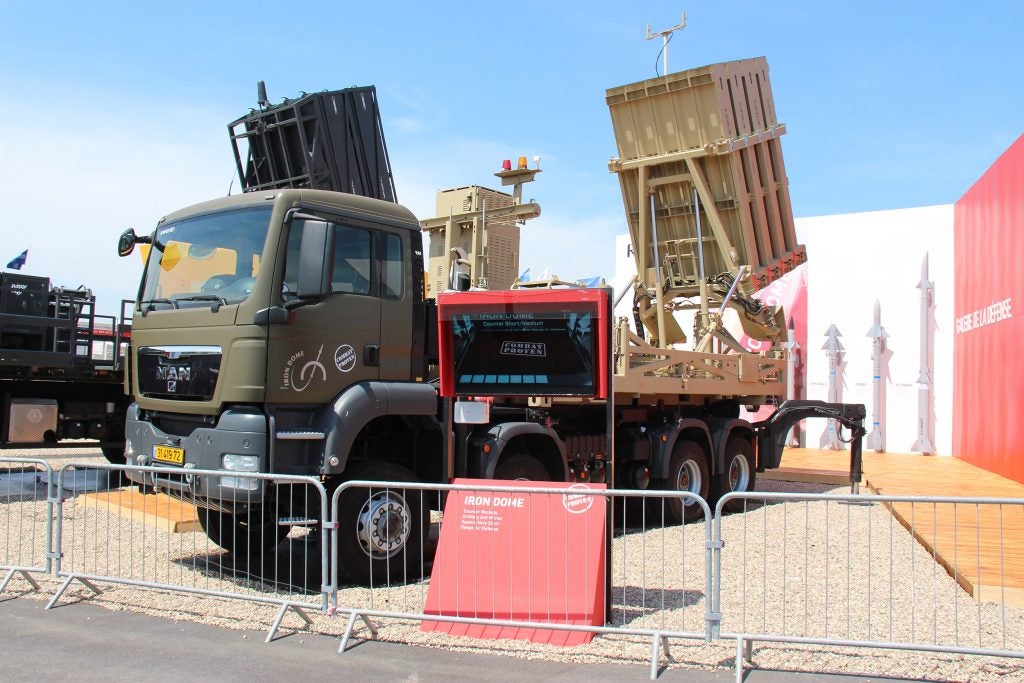
Simply put, the Iron Dome is a counter rocket, artillery, and mortar (C-RAM) missile defense system. The Rafael developed Iron Dome system makes use of highly advanced air Radar and an Interceptor Missile to deal with incoming missiles and rockets. The current missile in use by the Iron Dome System is the Tamir – an all-weather short-range air defense missile.
Firing The Iron Dome
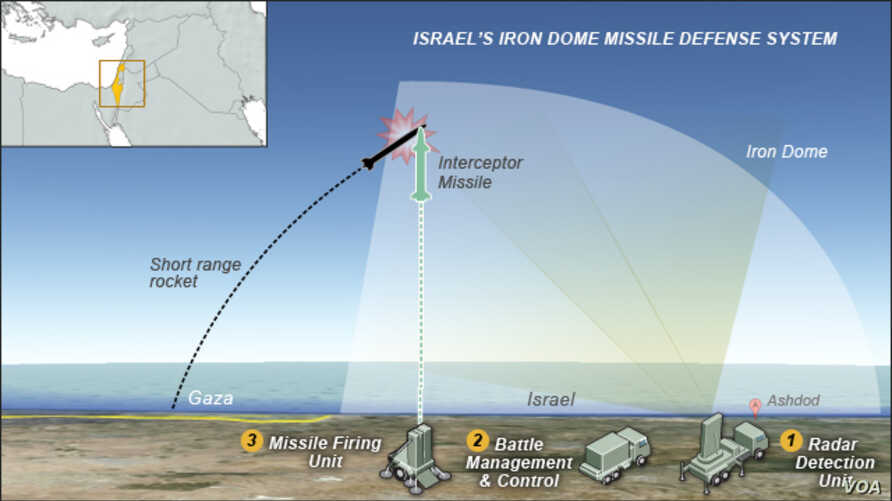
The Iron Dome works on a very repeatable and distinct process. Each Iron Dome battery consists of 3 to 4 launchers each with 20 Interceptor missiles at the ready. Each battery is connected to a Detection & Tracking Radar system as well as a Battle Management and Weapon Control System (BMC).
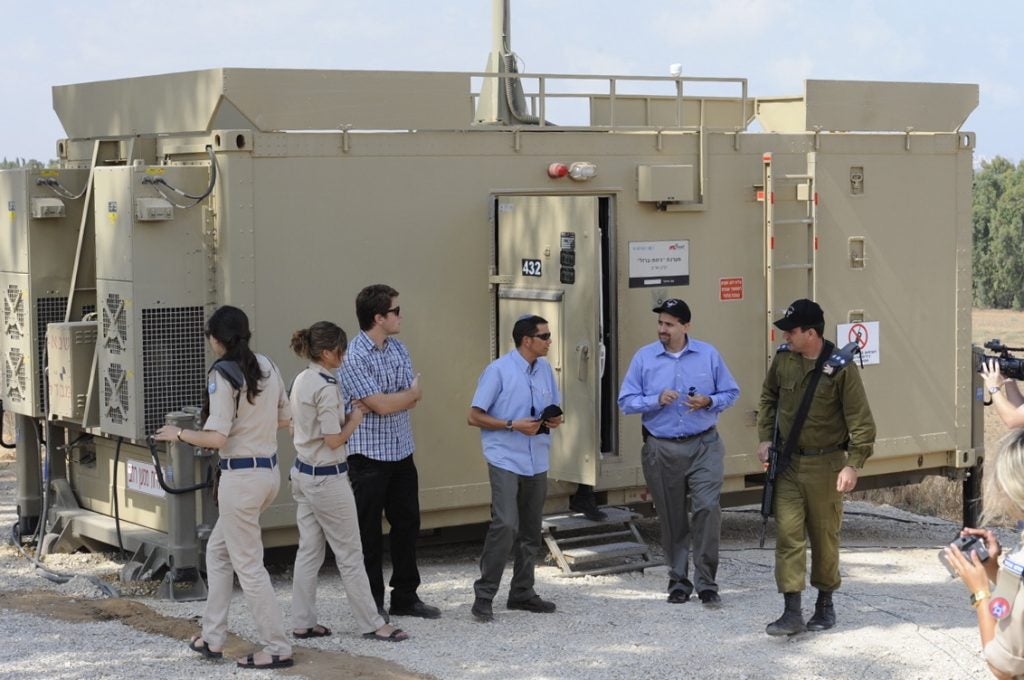
In contrast to a typical battery design, where all components (launchers, BMC, and radar) are all located close together, the Iron Dome system is instead a wireless system that can have its independent components spread apart to create an area of protection as large as 150 square kilometers. The Iron Dome accomplishes this via a secure wireless connection where the Radar and BMC can communicate with each of the batteries without having to be in the same location.
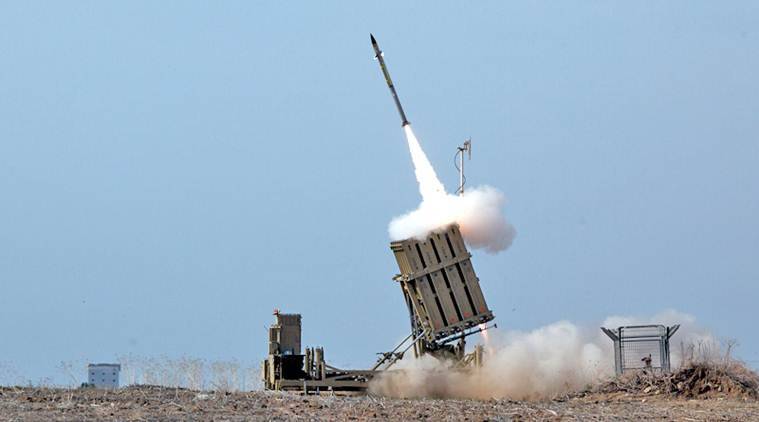
Upon the launch of a hostile rocket, the Iron Dome’s EL/M-2084 radar detects the launch and begins to track the trajectory of the incoming rocket. The BMC then calculates the impact point of the rocket according to the data received from the radar and determines whether or not the impact is a threat. If the BMC determines that the incoming rocket is indeed a threat to the target area, two Tamir missiles will be deployed to intercept the incoming rocket before it reaches its target.
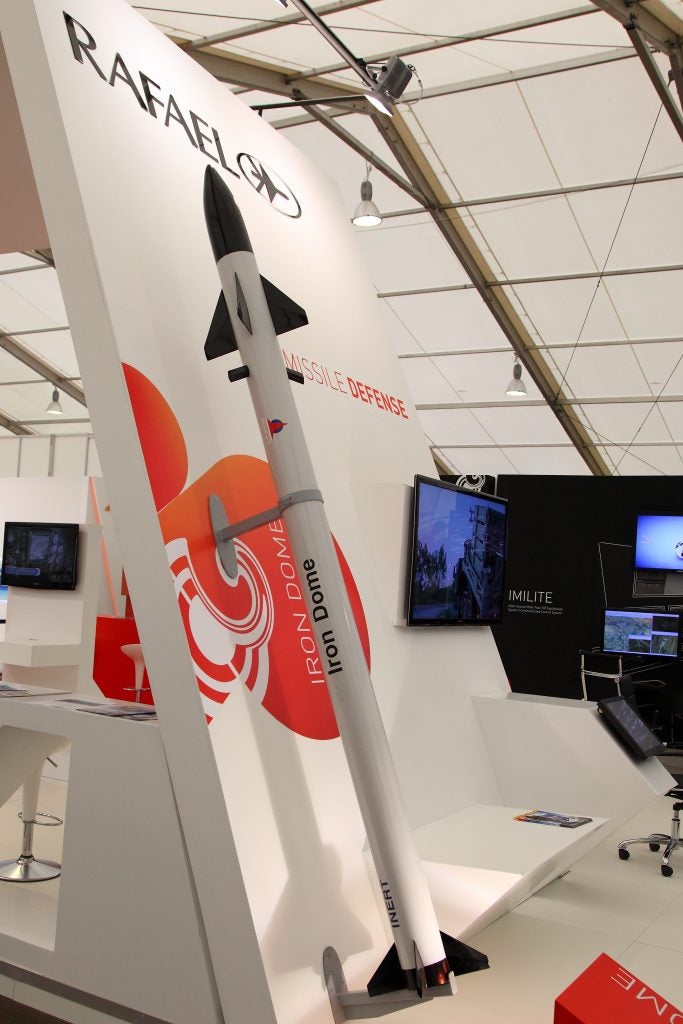
The Tamir missiles work much in the same way as an air-to-air missile would. The Tamir rocket features a midline warhead that detonates next to the incoming projectile to destroy it with a cone of fragmentation. (reference video below). The seeker on the head of the Tamir missile determines when the detonation occurs by scanning with its 360-degree laser to determine if a target has entered its lethal range, if so, the fuse is activated and the missile explodes in a ring of shrapnel destroying the target warhead. If the missile does not engage a target, it will self-destruct to avoid collateral damage.
Cost and Effectiveness
The Iron Dome, while an impressive system, is not without its criticisms. The Iron Dome has so far achieved a reported 90% effectiveness rate since its initial deployment in 2011. While 90% isn’t perfect, it has so far stopped over 1,500 incoming rockets and counting, saving countless civilian lives.
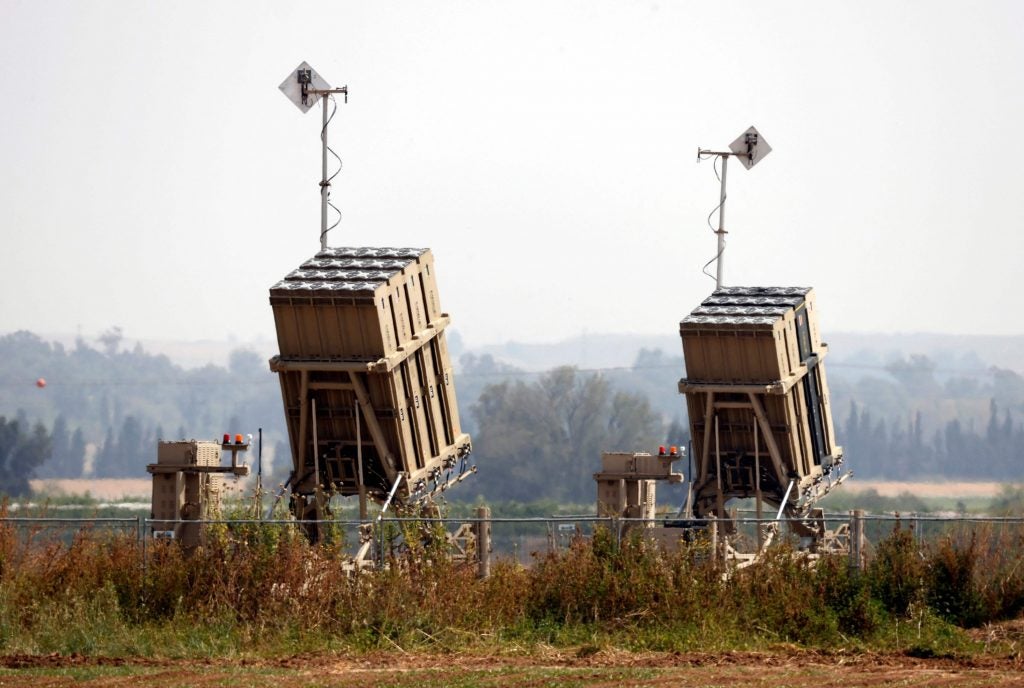
The stated unit cost for each Iron Dome Battery is $50 million USD with each Tamir missile costing $40,000. Each of these $40,000 missiles is taking out comparatively cheap missiles and unguided rockets (typically Qassam and Grad Rockets) fired from Gaza that cost a fraction of what a Tamir does. The United States has foot the bill for a significant portion of the funding costs for the Iron Dome system.
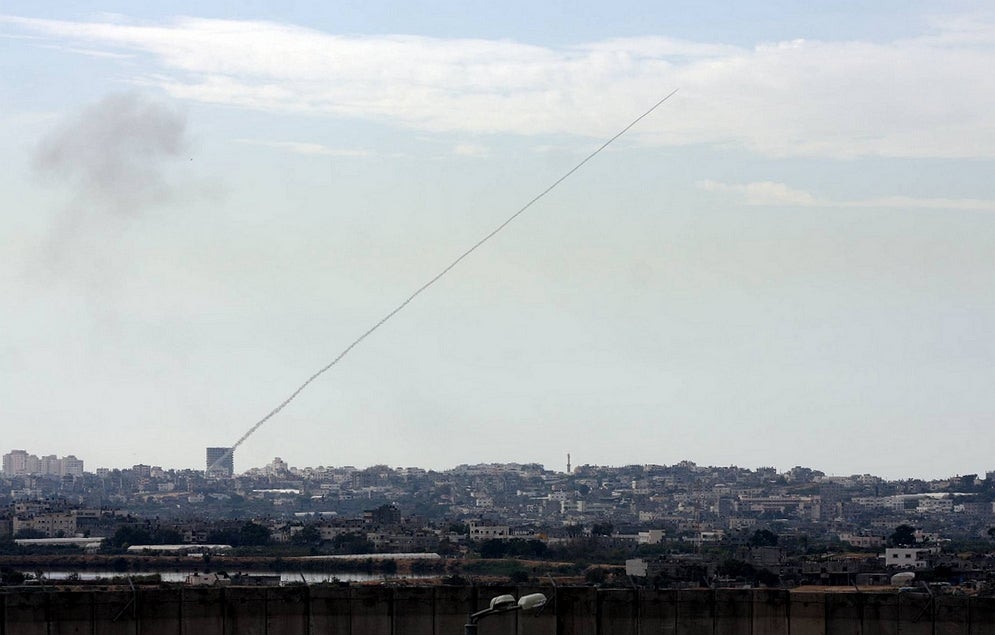
A recent exchange in the early days of May 2021 saw Israel and Hamas exchanging airstrikes and rocket attacks respectively with the Iron Dome once again stepping in to destroy hundreds of the incoming rockets.
This raises a very intense question of continued cost and average losses per missile. Research supports both the ineffectiveness and effectiveness of the Iron Dome system but what is clear is that the attacks are costing far less than the defense and one could argue that a constant barrage of rockets could drain the ammunition reserves of the Iron Dome system and render it inoperative. (See Operation Pillar of Defense)
New systems are currently in development in the way of the Nautilus Laser Defense system (now called Skyguard) which is a direct energy Weapon system capable of reducing the cost of each interception down to just $2,000. For the time being, however, the Skyguard system is not being pursued and the Iron Dome remains the stalwart defender of Israel from rocket attacks.

